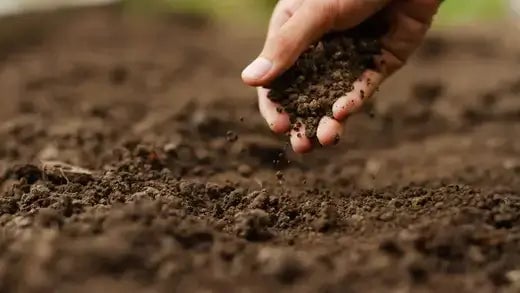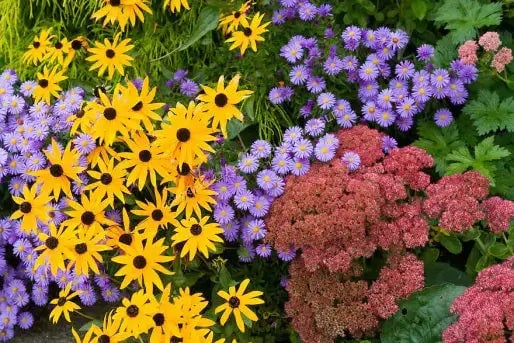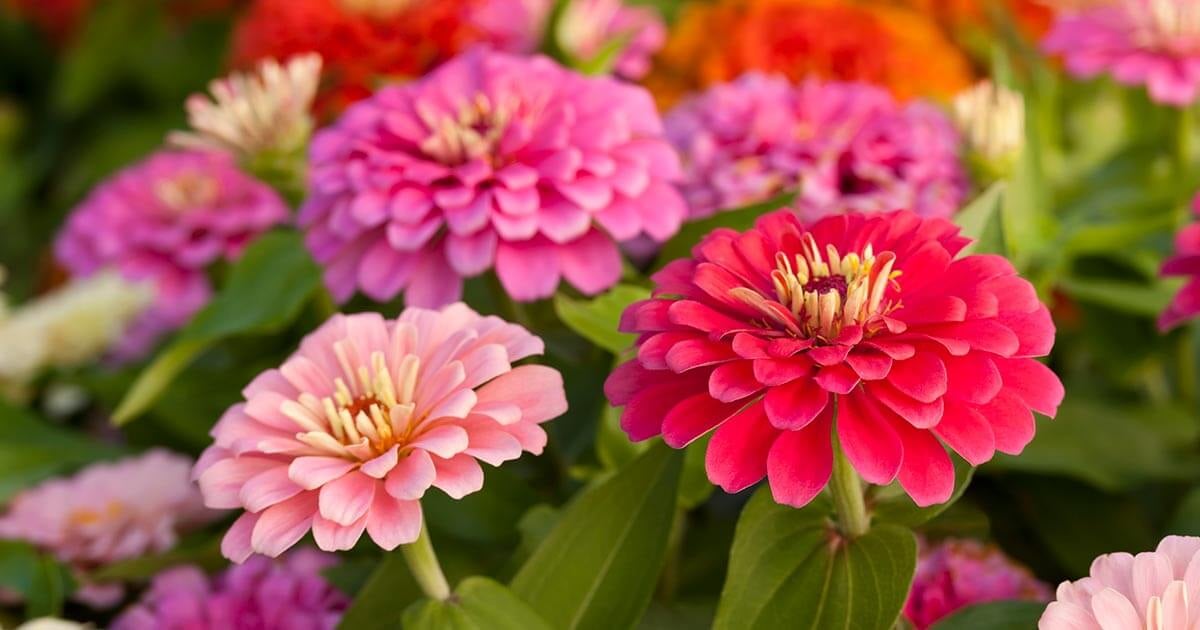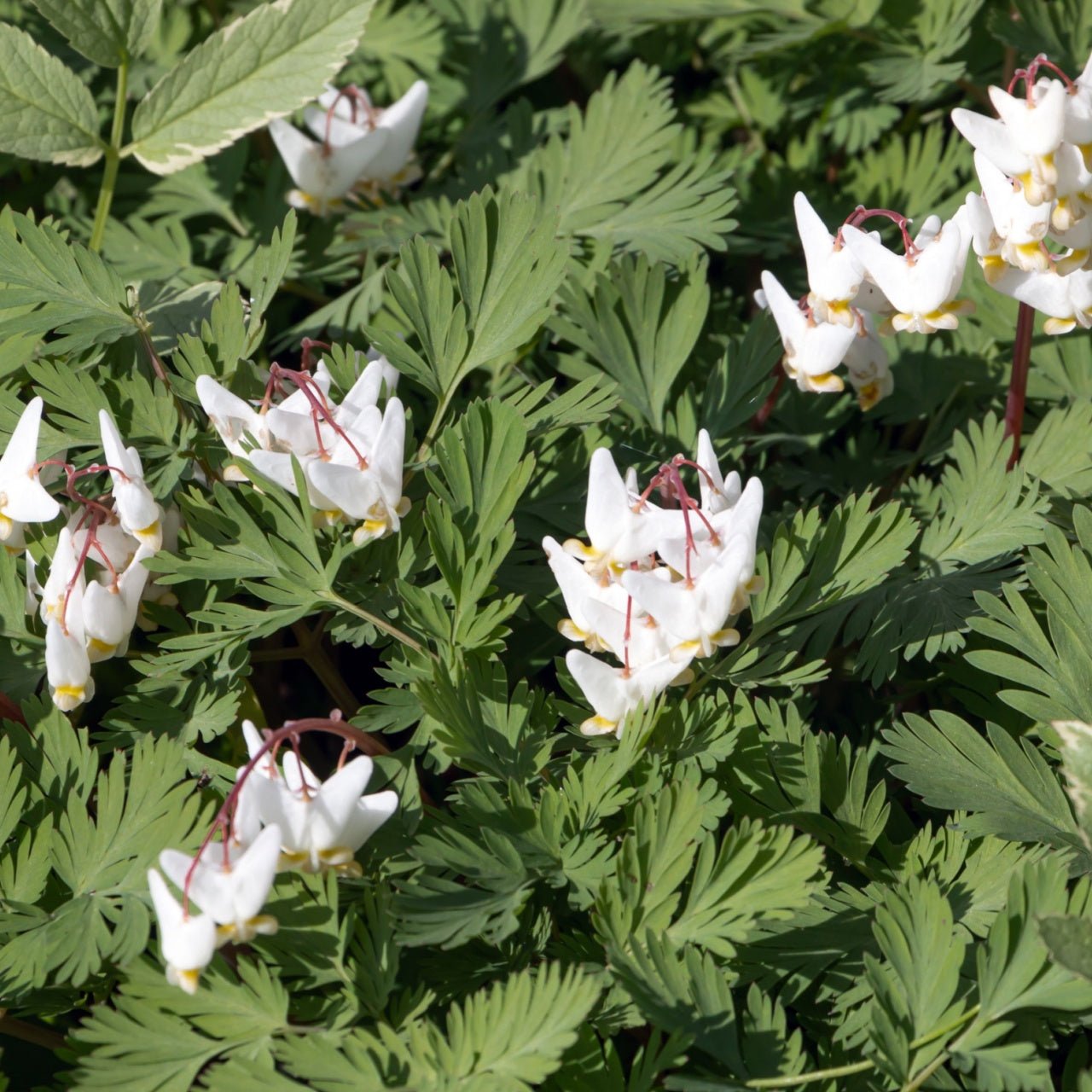Landscaping and choosing plants for a small home garden can be pretty tricky, and if you ignore the intricacies involved, it will be challenging to select the best plants. Small but well-maintained gardens look equally astounding and can enhance the entire look of your property.
Keeping a few key things in mind for your garden
There are various flowering plants, shrubs, hedges, and ferns grown in limited spaces. You can plant ferns and hedges in pots or containers and place them near walkways.
Hanging Baskets are also a great option, and they can be placed on walls, patios, and metal poles of frames. Some flowering plants apt for hanging baskets are Petunias, Fuchsias, Geranium, Pansies, Violas, and Sweet Peas. These plants produce dense and small flowers which look great in hanging baskets. Growing plants in hanging baskets save a lot of space which You can utilize in growing other plants. Boxwood shrub and miniature flowering plants can be grown in flower beds.
You can plant plants and climbers growing to save space. Tall and vertical plants blend well in small gardens instead of making them look cluttered. It is advisable to grow taller shrubs and plants at the back and shorter flowering plants in the front to create a magnificent and planned landscape. Any vines and rose climbers are available in the market that grow vertically and help save space. Climbers and creepers can be planted near walls or windows so that they seek to support and thrive.
Avoid using groundcovers if you have limited space as they spread and occupy a lot of space. Though they are beautiful, they can make your garden appear smaller and compact. Container gardening is the right way of planting fresh aromatic herbs and vegetables in your home. You can place the containers or even tubs in your backyard or patio and grow many vegetables in them like Tomatoes, Herbs, Potatoes, Carrots, Lettuce, and Runner Beans. There are so many things that you could do with limited spaces and utilize them to the maximum extent.
So, go ahead and plant vegetables, flowering plants, shrubs, ferns, and hedges in your garden to flaunt it in front of the visitors. You can buy the best quality plants and trees from a nursery and grow them in your home garden. Use your imagination to design the landscape and grow plants of your choice to make it look better.
Wildflowers Make Excellent Flower Gardens
Wildflowers make great additions to anyone's flower gardens. Wildflowers are tried and valid species that have stood the test of time, and remain popular down through the years. Described below are four of the most popular wildflower species used in modern landscaping and flower beds. Pick your favorites and enjoy their timeless beauty.
Black Eye Susan
Rudbeckia, or the black-eyed Susan, is a lovely golden, daisy-like flower with a dark brown center. This cheery flower is a perennial member of the aster family and grows throughout all of North America. While it naturally occurs in warm climates and loves sandy soil, the versatile herbaceous plant has enough different varieties to grow nearly anywhere in the US. In nature, black-eye Susans thrive in fields, open woodlands, and prairies. The black eye Susan remains a preferred flower to grow in home gardens still today.
Rudbeckia grows to a height of up to 39 inches tall and is about 18 inches in width at maturity. The sturdy stems are covered with hairs. Its leaves look oval and dark green with a rough texture and hold one large golden flower. The heads of the rudbeckia plant contain eight to 21 petals around a dark brown or deep purple cone-shaped center. Plenty of seeds come from the cone center of the flower to provide the landscape with additional plants as the years pass. The black-eyed Susan plants flowers from June to September. The flowers attract butterflies and bees aplenty.
Columbine Plants
For a colorful domesticated wildflower with unique leaves and blossoms, take a look at the columbine. The columbine, or aquilegia, remains an easy to grow perennial plant that blooms in the spring. Many columbines appear as purple bells with white spikes, though many other color combinations exist. The light to medium green leaves turns purple as the growing season ends.
Columbine plants prefer well-drained soil and a moderate amount of water. Mulching the plant keeps it from drying out too quickly. They don't like hot, direct sun, so plant it in an area that gets some shade during the day, especially in southern climates. While aquilegia plants remain short-lived for perennials, they readily self-seed to continue to provide your landscape with a continuing supply of delicate blossoms.
Virginia Blue Bells
Virginia bluebells, or Mertensia virginica, is a herbaceous perennial that grows wild throughout North America in zones three through eight. This gorgeous, bright blue flower spike grows best in partial or full shade. Showy flowers bloom in the early spring from March to April. Numerous loose, pendulous blue bells hang from a two-foot-tall spike. Each bell measures about one inch long. Initially, the buds for each bloom appear pink but turn blue as the flower matures. Bluish-green leaves that are four inches long ornament the plant. Once the bluebell has bloomed and the weather gets hotter, the plant goes into dormancy until the next year. So plant bluebells together with annuals or perennials that cover the area once the bluebell season is done. As with many wildflowers, the plant is remarkably disease and pest-resistant.
The Virginia blue bell flower grows readily in average, well-drained soils but prefers rich and moist dirt.
Dutchmans Breches (Dicentra culcullaria) are herbaceous perennials that grow to about eight inches tall. The grey-green leaves resemble rosettes and grow to about six inches in width. Each leaf is divided into three secondary leaves with oblong lobes. At the center of the leaf rosette, a raceme of from two to six pairs of white flowers develops. This raceme of this plant tends to bend to one side, and the flowers droop upside down. Each flower is about ¾ of an inch long and looks like an upside-down pair of Dutchman's breeches. Two white outer petals and two inner pale yellow petals make up the shape of the flower.
Dutchman's breaches bloom from early to mid-spring. The plant resists cold and frost damage well. The blossoms last for about two to three weeks. This beautiful and unique flowering plant prefers partial sun with loamy soil.
Creating a Cozy Nook in Your Small Home Garden
Building a cozy corner in your small home garden creates a private retreat to relax and enjoy nature while establishing peace and tranquility. By assigning a particular area for relaxation, you can convert the garden from a vegetable or flower bed into a peaceful natural retreat for reading and outdoor connection. Our guide will help you create an ideal secluded area for your small home garden.
Begin by picking the perfect location for your garden nook. The best location for your garden retreat should be away from the most frequented areas to ensure privacy and tranquility. Select a nook with pre-existing natural boundaries, such as walls or fences, when your space is restricted to serve as a background. The existing boundary defines the area and establishes structure. The right balance of sunlight and shade at your selected spot remains essential. East-facing locations provide morning sun, which you will find enjoyable while west-facing areas deliver afternoon light that is ideal for reading. Select a shady nook with dappled sunlight or adjacent trees when the region experiences extreme heat.
After choosing your perfect spot, the next step is to decide which seating and structural elements you want to add. You have many choices available regardless of your garden's limited size. Bare wooden benches deliver practicality and visual appeal since storage benches provide hidden spaces to stow away cushions or gardening tools. A welcoming seating area can be created with one comfortable chair or a compact two-seater bistro set. To create a relaxed atmosphere, choose an outdoor chaise lounge or install a hammock where you have firm support, such as overhead beams or sturdy trees. Ensure seating comfort remains a top priority by incorporating weather-resistant cushions or plush outdoor rugs to soften hard surfaces.
Installing a trellis or a small pergola could enhance your outdoor space with extra shelter. The nook becomes enclosed while gaining support for climbing plants, transforming it into a vibrant "living wall" over time. Installing string lights or small lanterns on a pergola or nearby branches creates a cozy atmosphere for night-time reading while making the area usable after sunset. Adding a retractable sunshade or light canopy provides customizable sun protection for your nook, which becomes essential in regions with intense midday sun.
In decorating your garden nook, choose materials and colors along with accents that express your complement to the natural environment around you. Using neutral or earthy tones creates a versatile backdrop that blends nicely with foliage and flowers. Opting for bright cushions or a vibrant throw as select pops of color create a cheerful contrast in your space. Create an inviting look by incorporating natural materials such as wood or rattan, soft cushions, and weather-resistant textiles. When selecting decorative pieces such as wind chimes, small sculptures, or planters, constantly evaluate the space size to prevent creating a cramped appearance.
Your seating area will connect seamlessly with the surrounding garden through the strategic use of plants. In compact gardens, potted plants serve a valuable purpose because you can quickly relocate these containers to cover empty spaces and outline your seating area. Create sensory interest by incorporating decorative plants alongside fragrant herbs like lavender, rosemary, and mint. Choose greenery with different shades and textures to create a peaceful, meditative atmosphere or plant flowering plants that bloom throughout the year for vibrant color bursts. Use vertical gardens, hanging planters, and tiered stands to extend your growing space and bring lush life to your nook area.
Conclude your setup by incorporating elements that enhance the atmosphere of your nook space. Soft lighting becomes crucial when you prefer outdoor relaxation during the night. Alongside string lights and lanterns, solar-powered stake lights are deployed at walkways or within plant containers for subtle area illumination. Adding a small tabletop fountain creates a calming background sound, which pairs well with decorative throw pillows and blankets that encourage you to relax with a book or hot beverage. Side tables and small ledges are practical enhancements since they provide space for placing a drink, reading books, and including a small candle to create a cozy atmosphere.
The careful selection of location and additional elements like seating and plants for your garden nook creates an enjoyable area that improves your garden experience and daily life. A well-crafted garden nook can transform bare outdoor spaces into vibrant places for reading, daydreaming, or quiet reflection areas. As time passes, you will naturally feel more attracted to this comfortable space, reconnecting with nature's cycles and rediscovering the simple joys of being near plants and fresh air.
Read more

The soil is the essential element, and rich soil can contribute towards a healthy and thriving garden. Fertile and nutrient-rich soil means that you can grow a wide variety of plants, fruits, and v...

Perennial plants are quite adaptable and have a long lifespan as compared to the annual and biennial plants, but it is crucial to understand the factors that can affect the lifespan of your perenni...




